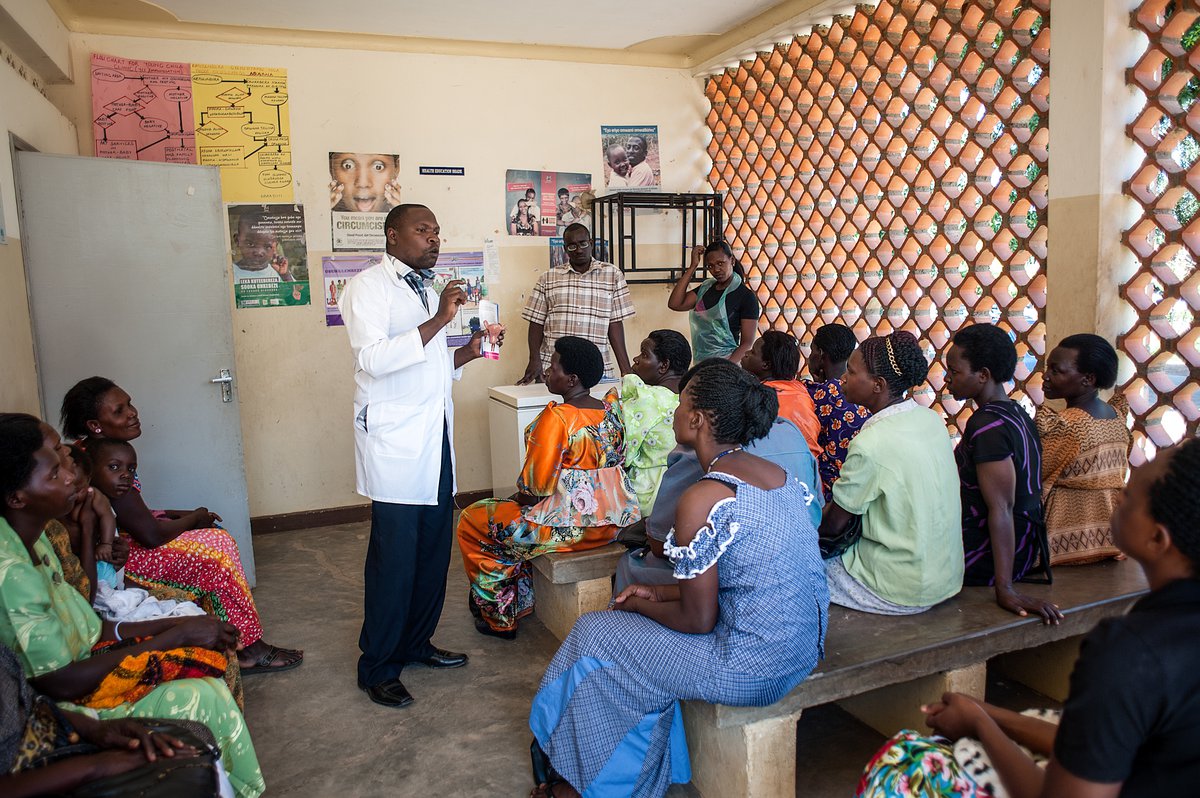
Cervical Precancer Planning Tool
Haga clic aquí para ver la herramienta en español.
Cervical cancer is one of the leading causes of cancer death in women worldwide. Each year, it kills an estimated 260,000 women, primarily in low- and middle-income countries (LMICs). Yet, it is a largely preventable disease. Cervical cancer screening and cervical precancer treatment are proven techniques for reducing cervical cancer incidence, morbidity, and mortality. However, in order for cervical cancer prevention programs to be successful, women must receive effective screening and timely and effective precancer treatment when needed. There remain large inequities in the availability of and access to these services.
As the global health community increasingly recognizes the burden of cervical cancer, several LMICs are establishing cervical cancer management programs, including cervical cancer screening and treatment of precancerous lesions. The introduction of these programs on a large scale will lead to the detection of many cases of cervical precancer that, without treatment, could develop into cancer.
Screening for cervical cancer can be performed using a variety of approaches, each of which require different resources and have different levels of effectiveness for detecting women at risk. Treatment of most precancerous lesions can be performed with low-cost ablative devices that can be used by trained professionals in primary health care centers, but there are different ways this equipment can be deployed. When planning these activities, decision-makers must be able to evaluate trade-offs across screening and treatment approaches to determine which programs will be most effective in their countries and to make the best use of limited health care resources.
To assist in these efforts, PATH’s Market Dynamics Program, together with the PATH Reproductive Health Program, has developed the Cervical Precancer Planning Tool, a scenario-based Excel model to help country stakeholders understand how best to scale up their cervical cancer prevention programs. The screening component of the tool estimates the number of women screened, the screening accuracy, and the associated costs for four different screening approaches. The treatment component of the tool estimates the number of women treated, the number of units of equipment needed by type, and associated costs for five different treatment scenarios. The tool has baseline data for 14 countries, but it can be populated with data from any LMIC.
Countries can use the tool to weigh the trade-offs involved in balancing patient convenience and access, test performance, and efficient utilization of equipment, skilled personnel, and financial resources. This information can then be used to inform national screening and treatment strategies, and ultimately lower the burden of cervical cancer.
Cervical Precancer Planning Tool: Fact sheet
A fact sheet that provides an overview of the Cervical Precancer Planning Tool, including the background, a scenario overview, and how the tool can support evidence-based planning.
Cervical Precancer Planning Tool: Excel model
An interactive Excel model that evaluates the trade-offs of four cervical cancer screening approaches and five cervical precancer treatment scenarios, looking at number of women reached, effectiveness of approach, and associated costs. Click the above link to download the Excel file. SEE DISCLAIMER IN TOOL BEFORE USE.
More information
To learn more, please contact Silvia de Sanjose at sdesanjose@path.org, or Tara Herrick at therrick@path.org
Funding for this project was provided by The Bill & Melinda Gates Foundation.

